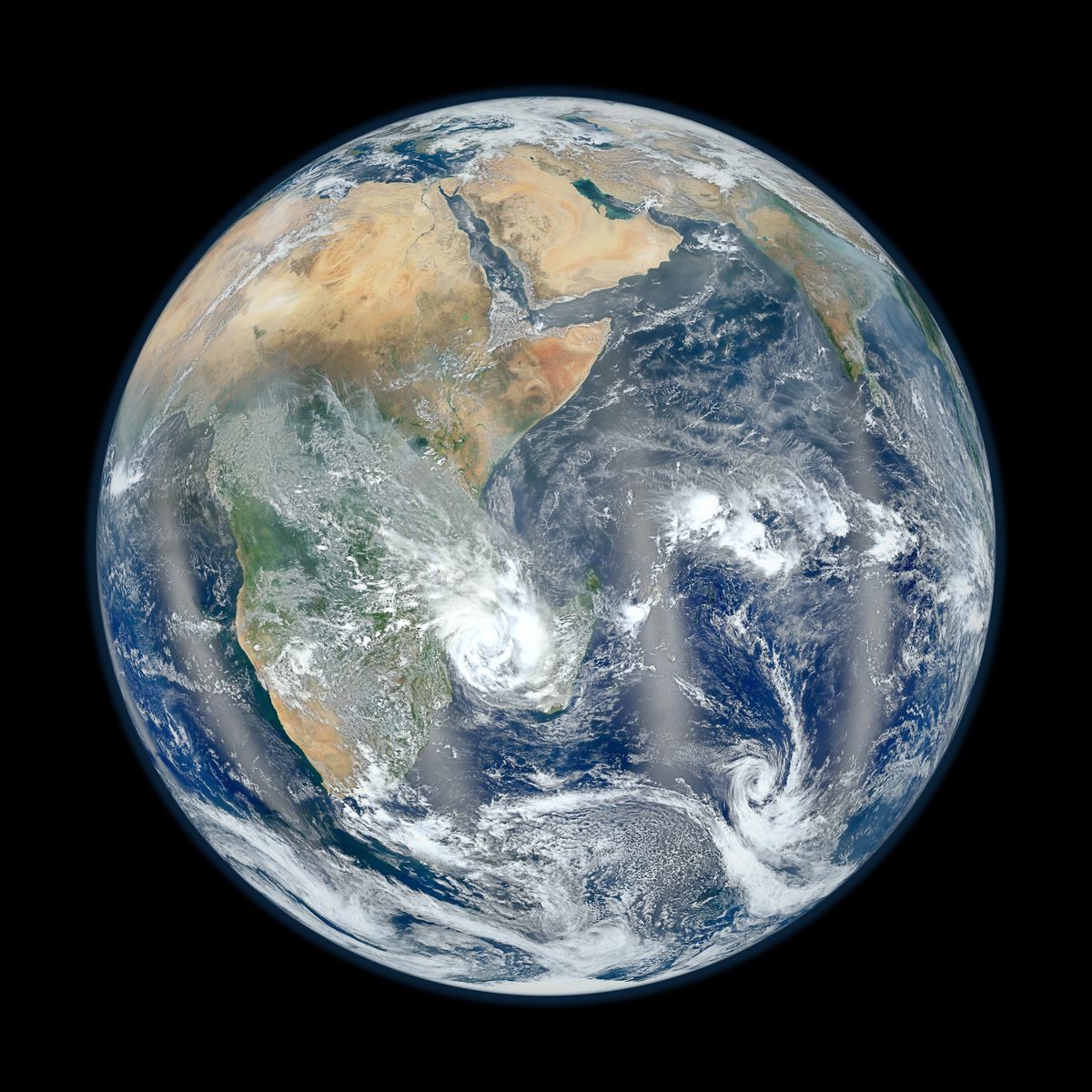Life After Death: 'Great Dying' Recovery Took 10 Million Years

Whatever ultimately wiped more than 90 percent of life off the planet some 250 million years ago dealt quite a blow, with new research suggesting "living, breathing organisms" didn't truly come back from the grave until 10 million years later.
The researchers think that this recovery took so long because even as species tried to regain their footing, they were hit with further setbacks as the environment continued to change.
"Life seemed to be getting back to normal when another crisis hit and set it back again," study researcher Michael Benton, from the University of Bristol in the United Kingdom, said in a statement. "The carbon crises were repeated many times, and then finally conditions became normal again after five million years or so."
Great dying
The Permian-Triassic extinction event, known informally as "The Great Dying," was the largest mass extinction on Earth. It killed off 96 percent of the world's marine species and 70 percent of the land-bound vertebrates and even a large portion of the world's insects. [Top 10 Ways to Destroy Earth]
Scientists aren't sure what caused the extinction. It seems there may have been three phases, though, so a combination of factors could have coincided to cause such immense damage to life on Earth. Some research suggests that global warming played a role, which may or may not have been set off by a great coal eruption or volcanoes.
Recovering from loss
Sign up for the Live Science daily newsletter now
Get the world’s most fascinating discoveries delivered straight to your inbox.
The researchers analyzed previous research on the period after the great dying to figure out how long creatures on Earth took to get back on their feet.
There were apparently two reasons for the 10-million-year delay: the sheer intensity of the crisis, and the continuing grim conditions on Earth after the first wave of extinction, the researchers said. Current research shows that the grim environmental conditions continued in bursts for some 5 million to 6 million years after the initial crisis, with repeated carbon and oxygen crises, warming and other ill effects.
Finally, after the environment calmed, more complex ecosystems emerged. In the sea, new groups, such as ancestral crabs and lobsters, as well as the first marine reptiles, came on the scene, and they formed the basis of future modern-style ecosystems.
"We often see mass extinctions as entirely negative, but in this most devastating case, life did recover, after many millions of years, and new groups emerged," Benton said. "The event had re-set evolution."
The study was detailed today (May 27) in the journal Nature Geoscience.
Originally published on Live Science.
Jennifer Welsh is a Connecticut-based science writer and editor and a regular contributor to Live Science. She also has several years of bench work in cancer research and anti-viral drug discovery under her belt. She has previously written for Science News, VerywellHealth, The Scientist, Discover Magazine, WIRED Science, and Business Insider.













